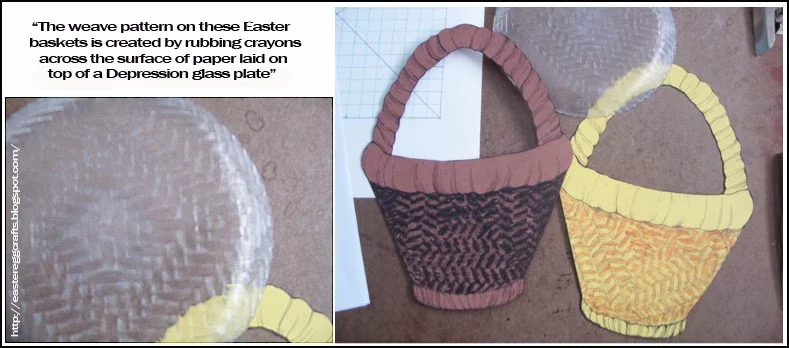The giving of eggs at Easter, or the spring festival, is one of the most widely-known, as it is also one of the oldest, of the customs associated with spring. From the remotest times the egg has stood to the Eastern nations as the symbol of the universe, and its breaking at that time as represented the opening of the new life of the year. the usage of interchanging eggs during the spring season has been referred by some writers for its origin to the egg games of the Romans, which they celebrated at the time of our Easter, when they ran races in an egg-shaped ring and the victor received eggs as his prize. The Israelites used eggs in their feast of the Passover long before the coming of Christ. In Persia colored eggs are presented at the celebration of the solar new year, and extremely ancient custom with this people.
But to Christians the egg stands as the universal symbol of the Resurrection. There is a tradition that in Christian countries many hundreds of years ago the Church prohibited the use of eggs during the forty days of Lent, but as the heretical hen did not cease to lay a large quantity of eggs were found to have accumulated at the end of the period of abstinence. These were usually given to the children and in order to render them more attractive they were dyed with bright colors or otherwise ornamented.
A favorite game was to knock two eggs together, and whichever broke became the property of him who held the other. Of course, this would not profit the winner much if the eggs were in a fluid state, and out of this dilemma arose the custom of boiling them hard. In English folk traditions, the game is known as "shackling", "jarping" or "dumping." As with any other game, it has been a subject of cheating; eggs with cement core, alabaster, and even marble eggs have been reported.
Egg rolling, or an Easter egg roll is a traditional game played with eggs at Easter. Different nations have different versions of the game, usually played with hard-boiled, decorated eggs.
The pre-Christian Saxons had a spring goddess eostre, whose feast was held on the Vernal Equinox, around 21 March. Her animal was the spring hare, and the rebirth of the land in spring was symbolized by the egg. Pope Gregory the Great ordered his missionaries to use old religious sites and festivals and absorb them into Christian rituals where possible. The Christian celebration of the Resurrection of Christ was ideally suited to be merged with the Pagan feast of eostre and many of the traditions were adopted into the Christian festivities. In England, Germany and other countries children traditionally rolled eggs down hillsides at Easter this may have become symbolic of the rolling away of the rock from Jesus Christ’s tomb before his resurrection. This tradition, along with others such as the Easter Bunny, were taken to the New World by European settlers.
 |
| Eastern roll eggs in the White House South lawn in 1929. |
 |
| Easter egg hunt in Wuxi, Jiangsu (1934) |
Egg hunt is a game during which decorated eggs, real hard-boiled ones or artificial, filled with or made of chocolate candies, of various sizes, are hidden in various places for children to find. The game may be both indoors and outdoors.
When the hunt is over, prizes may be given out for various achievements, such as the largest number of eggs collected, for the largest or smallest egg, for the most eggs of a specific color, consolation prizes, booby prizes, etc.
Eggs are placed with varying degree of concealment, to accommodate children of varying ages. In South German folk traditions it was customary to add extra obstacles to the game by placing them into hard-to reach places among nettles or thorns.
It is the custom in most German families on Easter-eve to place candies and eggs in a nest and then conceal it in their homes or in their gardens in order for the children, who often rise at the break of day on Easter morning to delight in seeking the sweet treasures. The older boys and girls join in a similar egg hunt game, which of course, has its superstitions for lovers. There is a rhyme that accompanies this "lovers" egg hunt:
Draw the egg of violet hue,
Means friends fond and true.
Pink will bring you luck,
A lover full of pluck.
Gladly take the egg of green,
Good fortune soon will be seen.
Wealth and happiness with the egg of gray,
Keep it and hide it safely away.
The egg of blue
Means lovers few.
Do not touch the egg of red:
If you do you'll never wed.
A lover this very night,
If you draw the egg of white.
You'll marry in another town.
If you choose the egg of brown.
There were a variety of egg dances. In one version eggs are laid on the ground or floor and the goal is to dance among them damaging as few as possible and in a second version the goal was to roll an egg out of a bowl while keeping within a circle drawn by chalk and then flip the bowl to cover the egg. This had to be done with the feet without touching the other objects placed on the floor.




